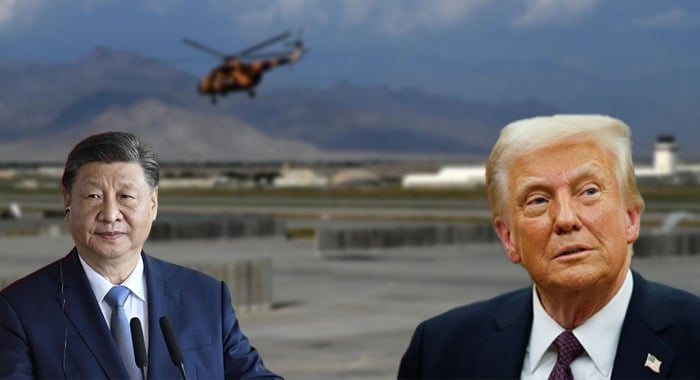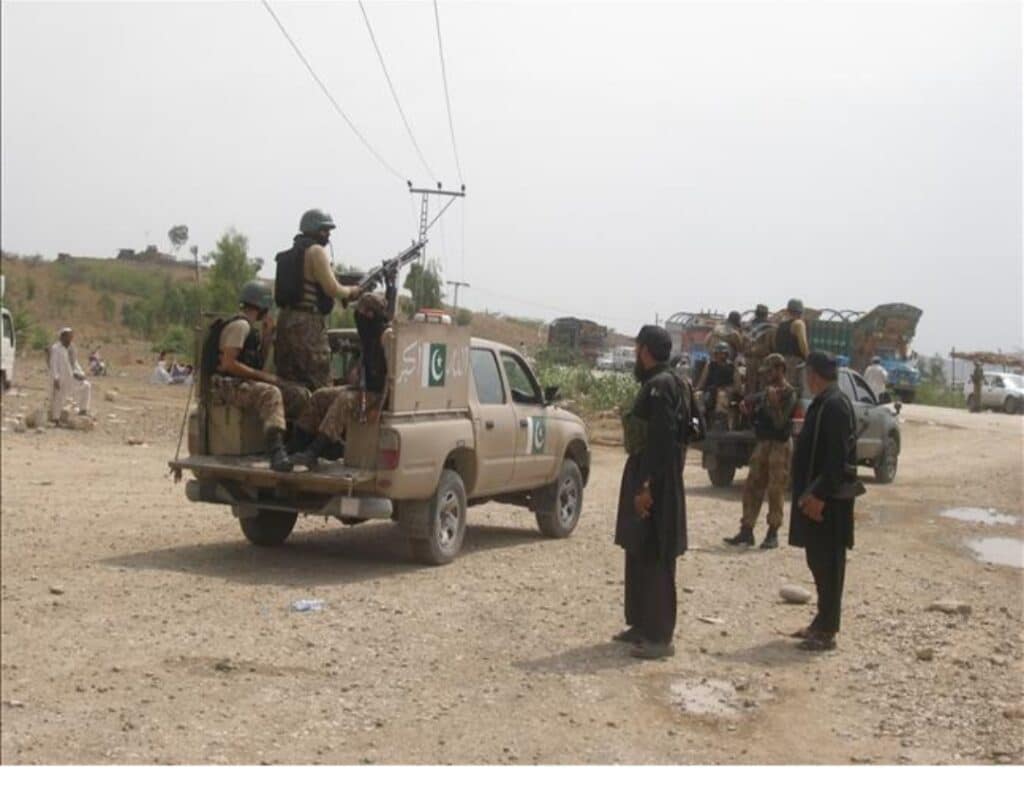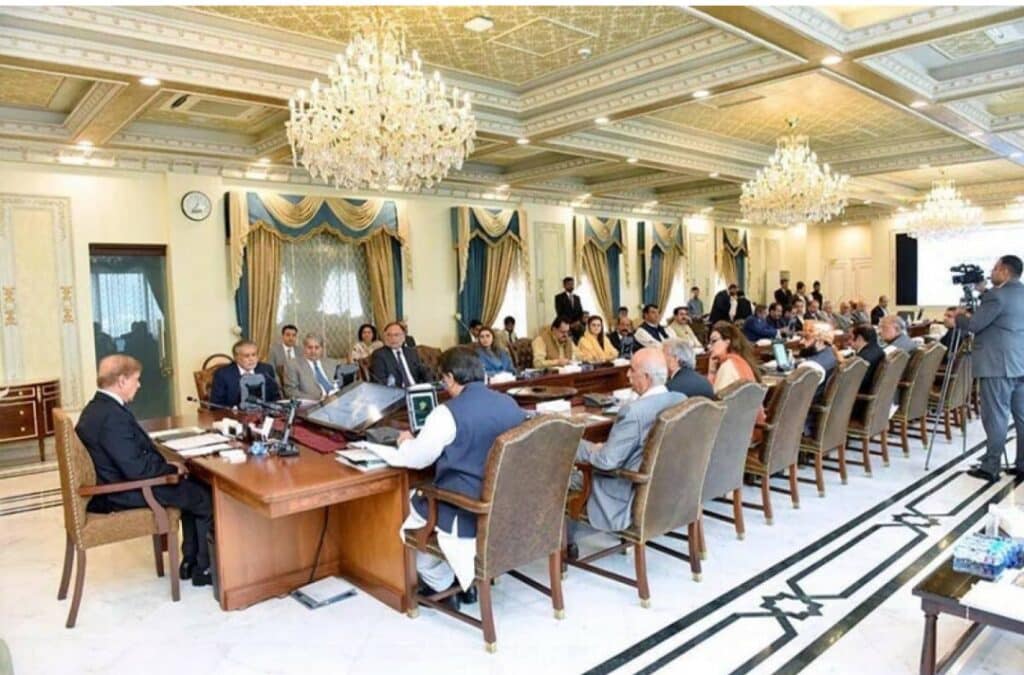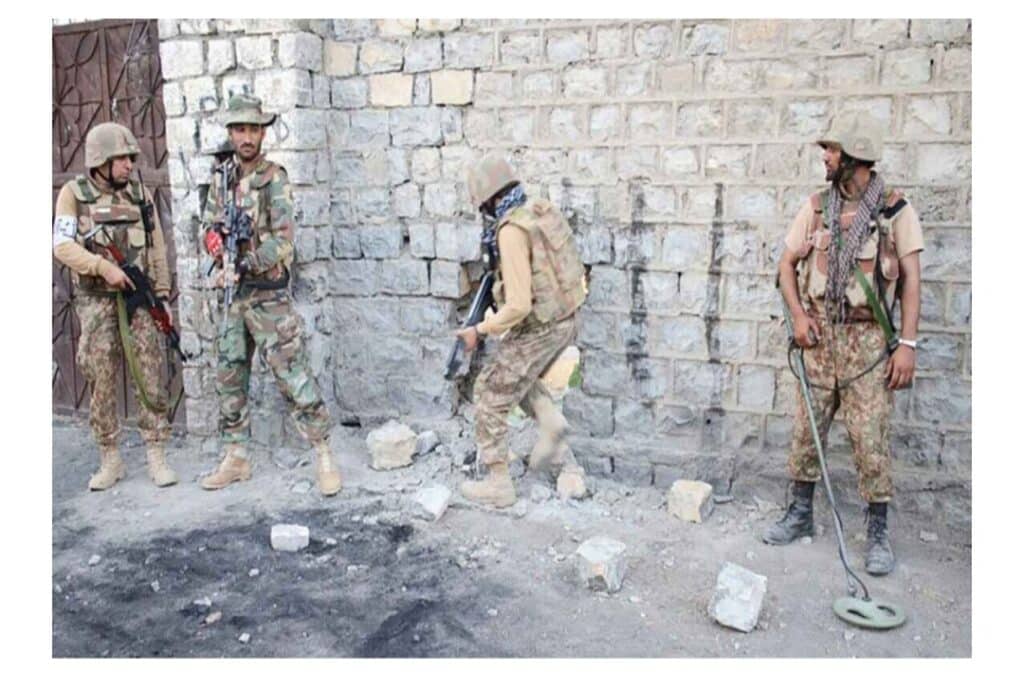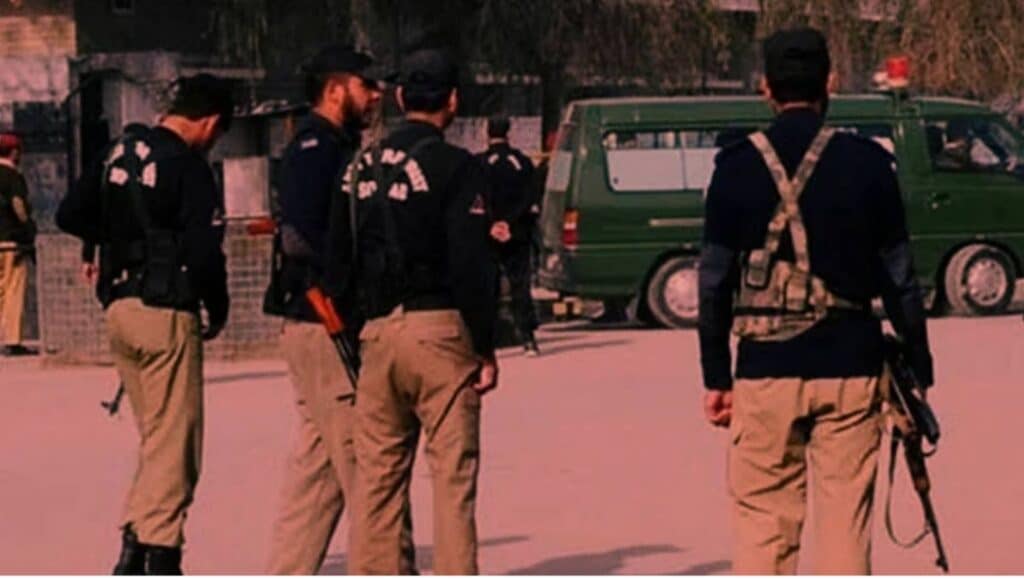More than three years after the last U.S. troops departed Afghanistan, Bagram Airfield once the beating heart of American military power in South Asia has returned to the geopolitical spotlight. But this time, its runways and barracks are not staging combat sorties or housing allied troops. Instead, they have become a rhetorical battlefield in a domestic political war in Washington.
President Donald Trump has repeatedly accused the Biden administration of handing over Bagram to China, a claim he has made without furnishing evidence. According to Trump, the U.S. exit from Afghanistan particularly the decision to abandon Bagram was not only a strategic failure but also a direct boon to Beijing. “We wanted to keep Bagram not for Afghanistan, but because it’s exactly an hour from where China builds its nuclear weapons,” Trump declared, portraying the airfield’s loss as a geopolitical catastrophe.
At first glance, Bagram’s location near western China and Central Asia might appear to support such alarmist claims. Yet strategic analysts and U.S. intelligence assessments have found no credible evidence of Chinese military presence at the base. Nor has Beijing signaled any intent to turn Bagram into a forward-operating base, which would mark a radical departure from its longstanding foreign policy of non-interference and limited military entanglement abroad.
Nevertheless, Trump’s narrative persists and not by accident. With elections looming, resurrecting Bagram serves a convenient political purpose: to undermine the national security credentials of Democrats and recast the Afghanistan withdrawal as Biden’s singular failure, conveniently glossing over the Trump-era Doha Agreement that set the exit into motion.
This politicization of military memory has far-reaching consequences. It obscures the complex legacy of America’s longest war and reduces an intricate web of regional dynamics to a talking point. More worryingly, it risks misleading the public and policymakers alike about current U.S. capabilities and strategic posture.
The reality is that the United States does not need Bagram to monitor threats emanating from Afghanistan or western China. Advances in satellite surveillance, long-range strike platforms, and intelligence sharing allow Washington to maintain overwatch without a permanent footprint. The costs political, logistical, and diplomatic of reoccupying Bagram would far outweigh any perceived strategic gain, especially given that doing so would require either Taliban cooperation or outright conflict.
It is worth noting that the Taliban’s calculus in this scenario remains ambiguous. While Afghan observers speculate that the group might prefer limited engagement with the U.S. over a Chinese footprint, such hypotheticals remain firmly in the realm of speculation. For now, Taliban control of the base has not translated into any formal foreign alignment.
China, for its part, has maintained a cautious and economically oriented approach toward Afghanistan. Its diplomatic posture emphasizes stability, counterterrorism cooperation, and infrastructure investment through initiatives like the Belt and Road. Unlike the U.S., Beijing has shown little appetite for projecting hard power abroad, let alone establishing a military base in a volatile and ungoverned environment.
The real legacy of Bagram may not lie in who controls it now, but in what it represents: the dissonance between political rhetoric and strategic reality. The U.S. did not “give” Bagram to China, nor is it currently under foreign occupation. What happened was a messy, painful end to a two-decade war a war launched with a broad mandate, sustained by shifting goals, and concluded with fractured consensus.
For Trump to frame Bagram’s abandonment as a loss to China is to exploit geopolitical fear for domestic political gain. It is also to ignore the fact that he himself negotiated the framework for U.S. withdrawal in 2020. This selective memory undermines accountability and distorts the broader picture of American strategic recalibration.
Bagram is no longer an active theater of war, but it remains a potent symbol of lost wars, unfinished agendas, and the uncomfortable truths of American foreign policy. Its future will likely be shaped less by conspiracy theories and more by Taliban calculations, U.S. restraint, and the evolving contours of the U.S.-China rivalry.
But one thing is certain: America’s influence in the region will not be rebuilt on the ruins of mythmaking. It will require sober strategy, diplomatic realism, and a firm grip on facts not flights of political fantasy.

